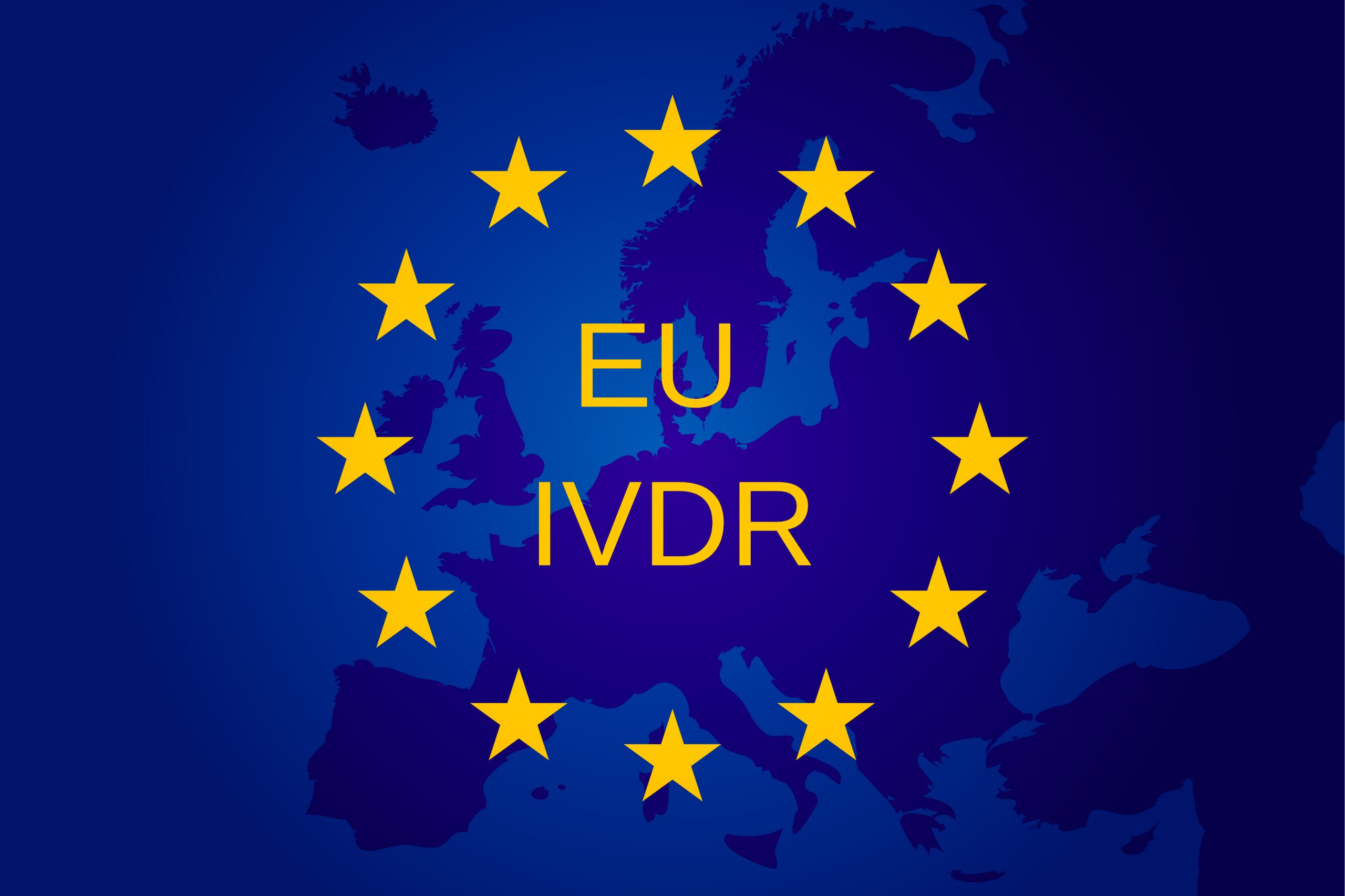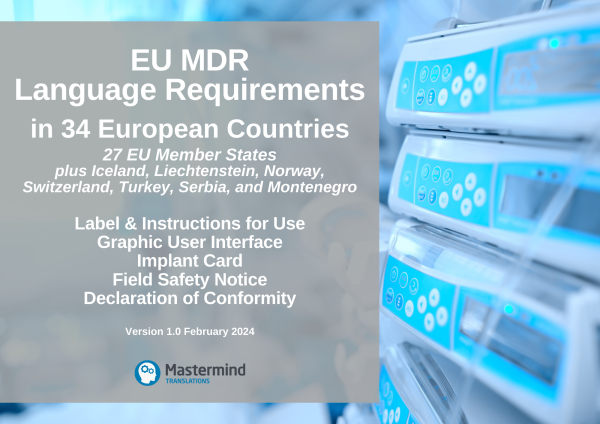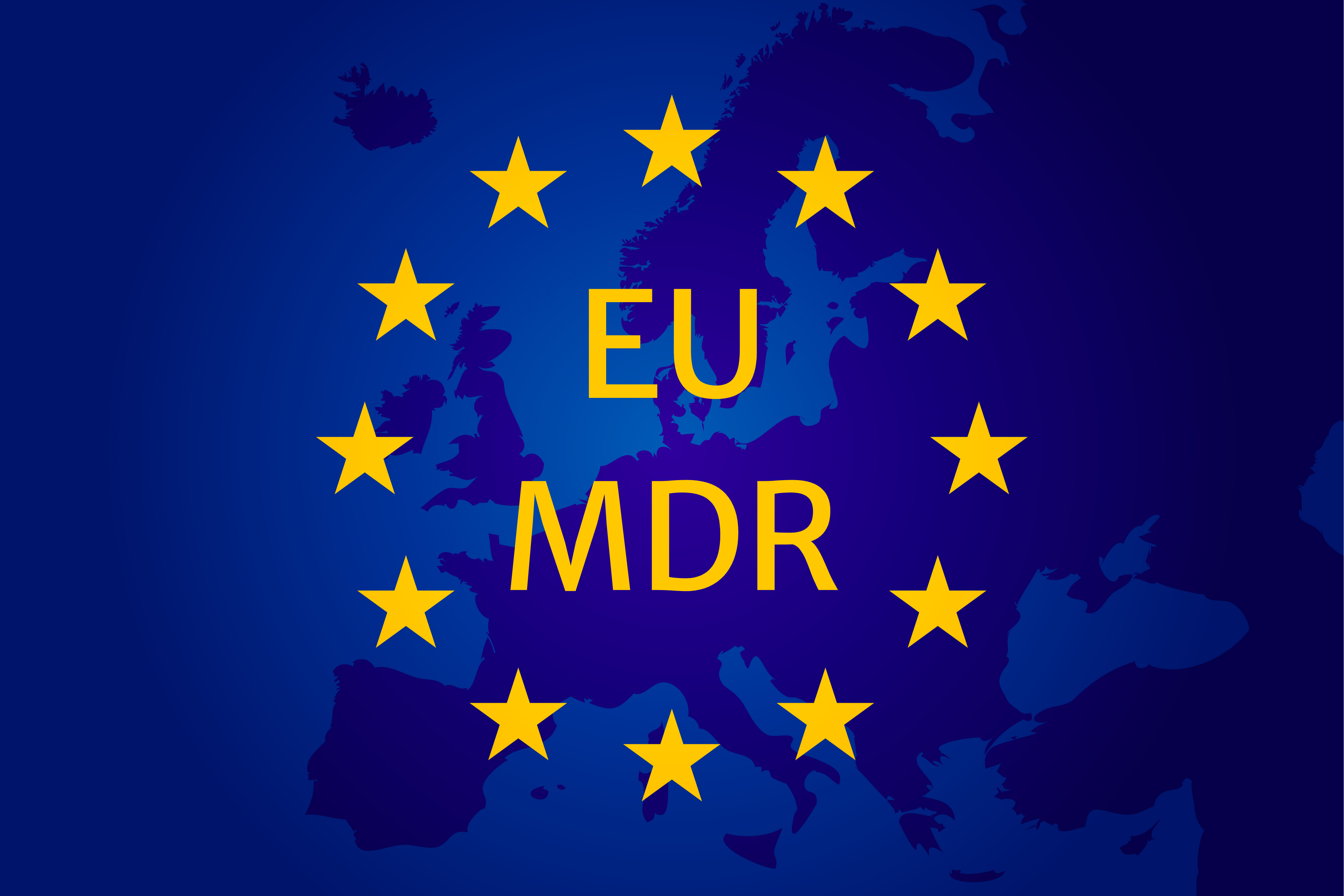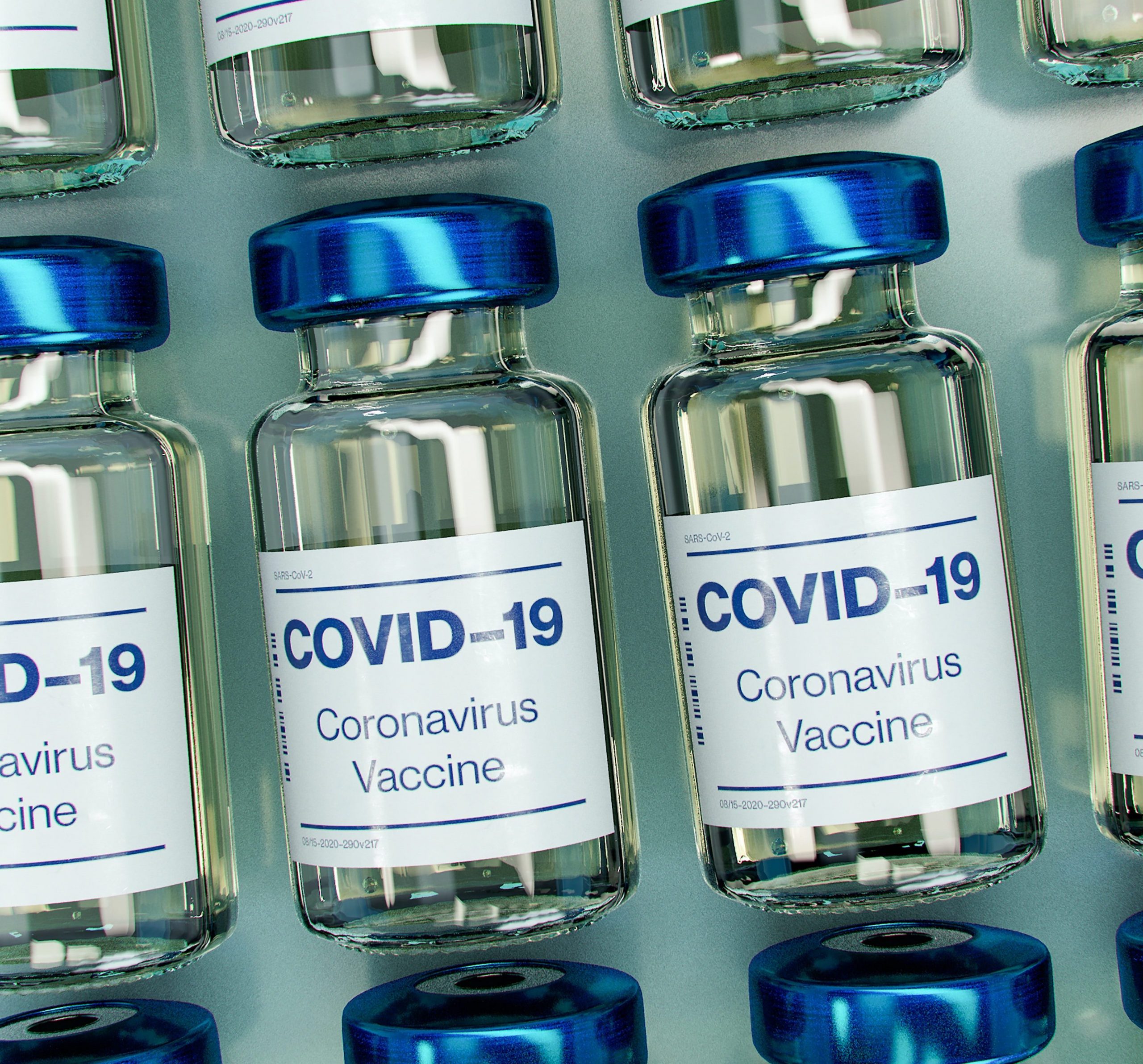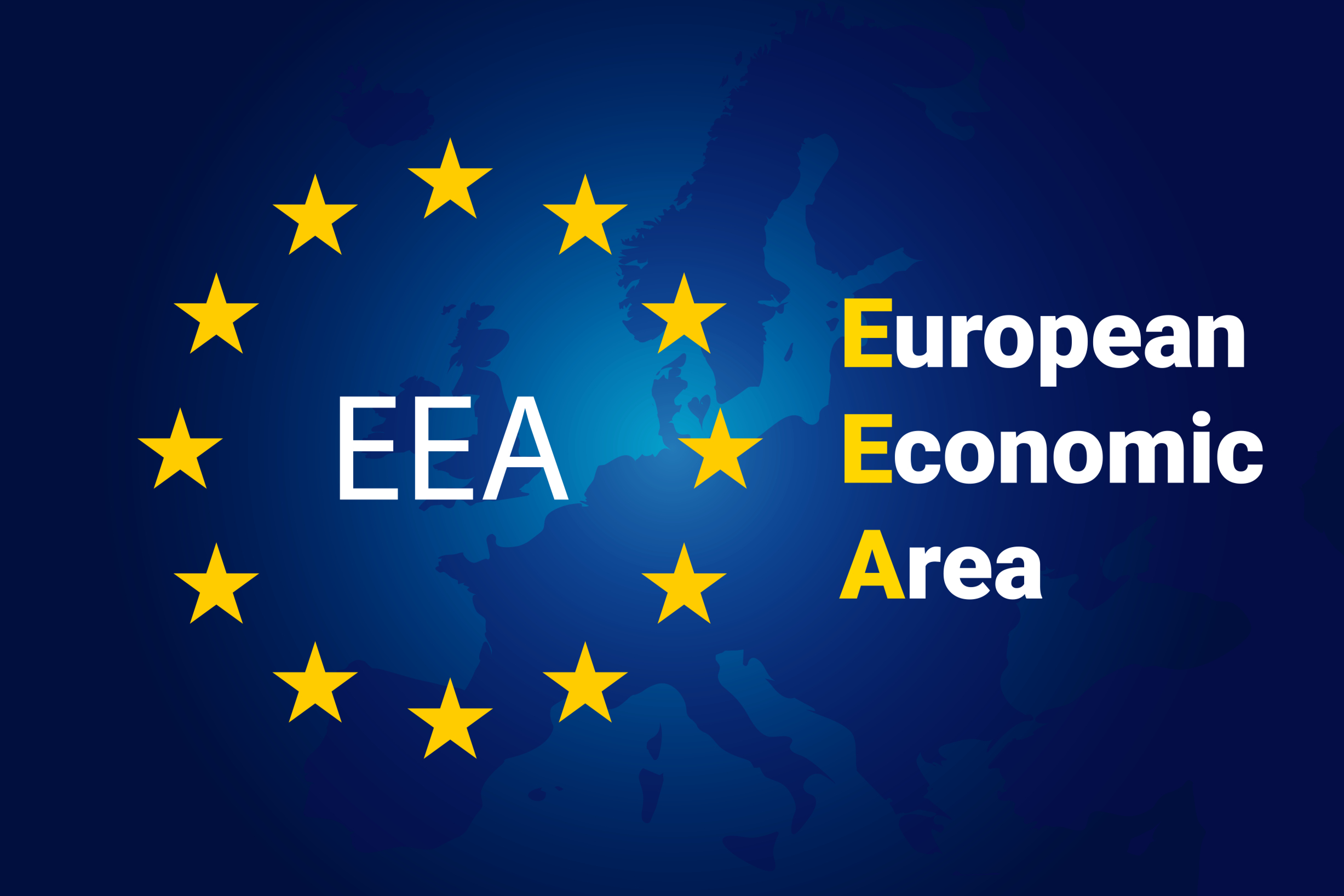On 26th May 2022, the In Vitro Diagnostic Medical Device Regulation (IVDR) (EU) 2017/746 became applicable across all 27 EU Member States, marking the start of a five-year progressive roll-out for in vitro diagnostic medical devices on the EU market. Among its various changes to the EU regulatory framework are the IVDR language requirements. In this article, we will discuss what these IVDR language requirements are, and which local languages individual EU Member States accept in response to them.
What are the EU IVDR language requirements for in vitro diagnostic medical devices?
The EU In Vitro Diagnostic Medical Device Regulation 2017/746, known as the EU IVD Regulation or simply EU IVDR, is the new regulatory basis for placing on the market, making available, and putting into service in vitro diagnostic medical devices (in short, IVDs), across the EU. Examples of such devices include blood glucose monitors, immunoassays, and coronavirus tests. As an EU regulation, on 26th May 2022 it became immediately effective in all 27 EU Member States, without having to be transferred into national law, as well as in the three EEA EFTA States. Nevertheless, the laws of respective States may be adapted or official guidance provided in order to supplement some requirements specified in the EU IVDR, such as the IVDR language requirements, in more detail.
Multilingualism is one of the EU’s founding principles, enshrined in the EU’s Charter of Fundamental Rights. However, the vast linguistic diversity of the EU presents a challenge when establishing in which national language(s) the product information accompanying an IVD, such as the label and instructions for use, must be written for a given national market within the EU. Similarly to the Medical Device Regulation (MDR) (EU) 2017/745, the IVDR gives discretion to the individual Member States to determine which official Union language(s) they will accept.
Although these linguistic requirements were already present in Directive 98/79/EC on in vitro diagnostic medical devices (also known as the In Vitro Diagnostic Medical Device Directive or the IVDD) that was replaced by the IVDR, the IVDR provides much more clarity on this matter. For an overview of the rationale behind the introduction of these more stringent language requirements, please see our article What Are the Language Requirements for Medical Devices Sold in the EU Market under the New EU Medical Devices Regulation?
What provisions does the IVDR make for language requirements for the label and instructions for use?
The IVDR language requirements for IVDs in the EU apply to a range of information. In this article, we focus on the information accompanying the medical device, i.e. intended specifically for the end user of the medical device.
The provisions for language requirements set out in the IVDR mirror the EU MDR language requirements. In that sense, the IVDR language requirements also take the form of ‘shall’ instead of ‘may’, making them mandatory. By contrast, the provisions of Directive 98/79/EC were optional.
More specifically, language requirements for the information provided by the manufacturer with the IVD are set out in two sections of the IVDR:
Article 10(10). General obligations of manufacturers
Manufacturers shall ensure that the device is accompanied by the information set out in Section 20 of Annex I in an official Union language(s) determined by the Member State in which the device is made available to the user or patient. The particulars on the label shall be indelible, easily legible and clearly comprehensible to the intended user or patient.
The information supplied in accordance with Section 20 of Annex I with devices for self-testing or near-patient testing shall be easily understandable and provided in the official Union language(s) determined by the Member State in which the device is made available to the user or patient.
To satisfy this requirement, manufacturers must ensure that the information supplied with the IVD is translated into an official EU language(s) specified by the Member State in which it is to be sold. Section 20 of Annex I further defines this information as the information needed to identify the device and its manufacturer, and any safety and performance information that appears:
• on the device itself
• on the packaging
• in the instructions for use (IFU)
In many cases, these IVDR language requirements may also apply to any text appearing on the screen which is part of the device or in standalone IVD software.
Any safety and performance information relevant to the user should also be available in an official EU language(s) on the manufacturer’s website, if the manufacturer has one, and kept up to date.
In addition, this provision emphasises the importance of comprehensibility for any information supplied by the manufacturer with devices for self-testing or near-patient (point-of-care) testing. Their very nature means that these IVDs are intended to be used by lay persons, often in an unsupervised environment, such as the home, or by healthcare practitioners who are not medical laboratory professionals. As such, the language level of any information supplied with such devices must correspond to that reasonably expected from the intended user, so that all the information is readily understood. This is to ensure that the risk of errors in use and/or in the interpretation of results is kept to minimum.
This language provision serves the same purpose as MDR Article 10(11) by prioritising the safe and effective use of medical devices placed on the EU market.
Article 84(8). Analysis of serious incidents and field safety corrective actions
The manufacturer shall ensure that information about the field safety corrective action taken is brought without delay to the attention of users of the device in question by means of a field safety notice. The field safety notice shall be edited in an official Union language or languages determined by the Member State in which the field safety corrective action is taken. […] Unless duly justified by the situation of the individual Member State, the content of the field safety notice shall be consistent in all Member States.
In keeping with its main objective of ensuring safety, the IVDR also extends its language requirements for IVDs to field safety notices (FSNs). The medical device manufacturer (or their representative) must provide users with critical communications about the device malfunction in an official EU language(s) determined by the Member State where the field safety corrective action (FSCA) is taken.
In addition to the language requirements for the information accompanying the device discussed above, the IVDR also specifies language requirements for other information, such as technical documentation and the EU declaration of conformity. This information may be intended for a competent authority, notified body, or other regulatory entity. These new requirements are set out in Article 10(13), Article 11(3)(d), Article 17(1), Article 37, Article 48(12), Article 51(1), and Article 69(5).
What are the official languages of the EU?
The EU has 24 official languages. These are (with their corresponding EU language codes): Bulgarian (BG), Croatian (HR), Czech (CS), Danish (DA), Dutch (NL), English (EN), Estonian (ET), Finnish (FI), French (FR), German (DE), Greek (EL), Hungarian (HU), Irish (GA), Italian (IT), Latvian (LV), Lithuanian (LT), Maltese (MT), Polish (PL), Portuguese (PT), Romanian (RO), Slovak (SK), Slovene (SL), Spanish (ES), and Swedish (SV). All 24 languages enjoy equal status and, for the purpose of the IVDR language requirements, are considered as official languages.
Which languages do individual EU Member States accept in response to the IVDR language requirements?
While all EU Member States expect the information to be available in their national language(s) if the IVD medical device is used by a lay person, several EU Member States offer exemptions from their national language requirements when the device is intended exclusively for professional use. In those cases, instructions for use, including electronic instructions for use (eIFU), may be provided in another language, typically English. Nevertheless, some of these EU Member States make such exemptions conditional. For example, the manufacturer may need to ensure that the instructions for use in English are readily understood by the intended professional user.
The table below shows the languages each EU Member State accepts for IVDs placed on their respective national markets under the IVDR as of February 2024, following the publication of the IVDR language table by the European Commission in January 2024.
| EU Member State | For Lay User | For Professional User |
| Austria | German | German or English |
| Belgium | French and Dutch and German | French or Dutch or German or English, conditions apply* |
| Bulgaria | Bulgarian | Bulgarian |
| Croatia | Croatian | Croatian and/or English, conditions apply* |
| Cyprus | Greek | Greek or English |
| Czech Republic | Czech | Czech |
| Denmark | Danish, exemption possible* | Danish, exemption possible* |
| Estonia | Estonian | Estonian or English, conditions apply* |
| Finland | Finnish and Swedish | Finnish and Swedish or Finnish and Swedish and English, conditions apply* |
| France | French | French |
| Germany | German | German or German and English or another language, conditions apply* |
| Greece | Greek | Greek or English, conditions apply* |
| Hungary | Hungarian | Hungarian |
| Ireland | English or English and Irish | English or English and Irish |
| Italy | Italian | Italian |
| Latvia | Latvian | Latvian or English, conditions apply* |
| Lithuania | Lithuanian | Lithuanian |
| Luxembourg | French or German or Luxembourgish | French or German or Luxembourgish or English |
| Malta | Maltese and/or English | Maltese and/or English |
| Netherlands | Dutch | Dutch or English |
| Poland | Polish or Polish and English, conditions apply* | Polish or English, conditions apply* |
| Portugal | Portuguese | Portuguese |
| Romania | Romanian | Romanian or English, conditions apply* |
| Slovakia | Slovak | Slovak or Slovak and English, conditions apply* |
| Slovenia | Slovene | Slovene, exemption possible* |
| Spain | Spanish | Spanish |
| Sweden | Swedish | Swedish |
Disclaimer: Please note that the information provided in this Table is for reference only, and based on both official and unofficial translations. Therefore, the original legally binding language version should always be used. In case of any doubt, the competent authority from the relevant EU Member State must be consulted. The list of language requirements is subject to change. All details correct at the time of publication.
Where can we find more detailed information about the language requirements of the MDR?
If you are looking for more detailed information on the Union language or languages under the translation requirements for medical devices specified in the EU MDR, please refer to our EU MDR Language Requirements Table 2024. This comprehensive resource compiles the language requirements for various types of documentation, including the label/instructions for use (IFU), graphical user interface (GUI), implant card, field safety notice (FSN), and declaration of conformity (DoC) across the 27 EU Member States, Iceland, Liechtenstein, Norway, Switzerland, Turkey, Serbia, and Montenegro. In addition, it provides English excerpts from national legislation and official guidelines issued by competent authorities, complete with clickable links to the official sources.
Please note that the information provided in this article is for guidance only and does not constitute professional regulatory advice. In the case of specific questions related to regulatory compliance of your medical device or IVD, we recommend seeking assistance from a QA/RA specialist or a relevant competent authority.


